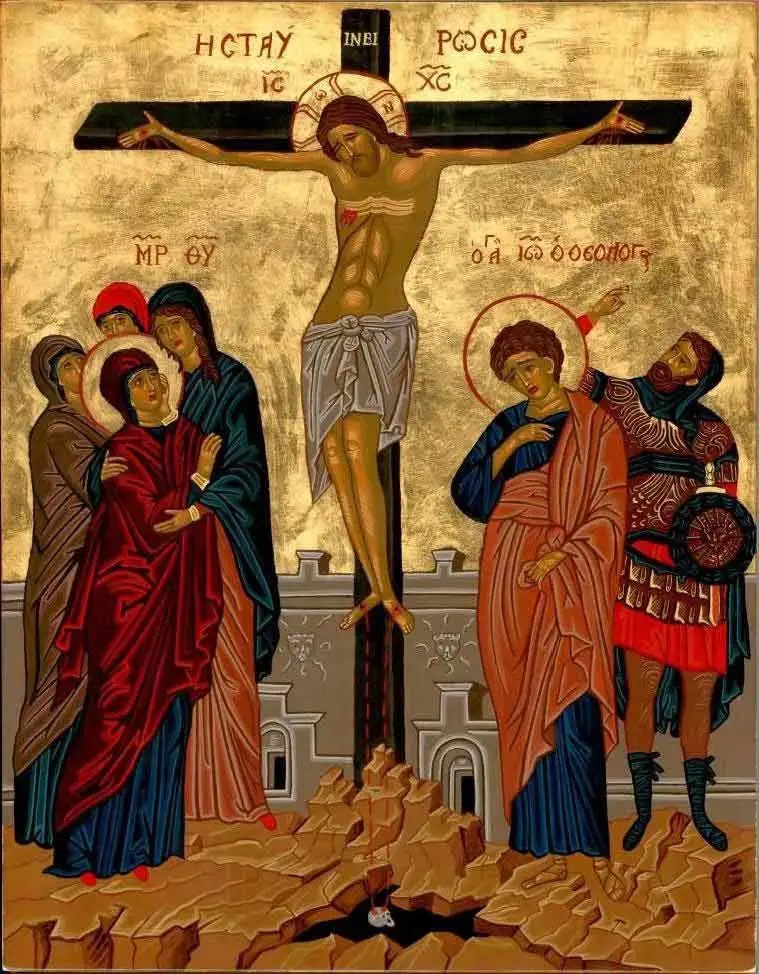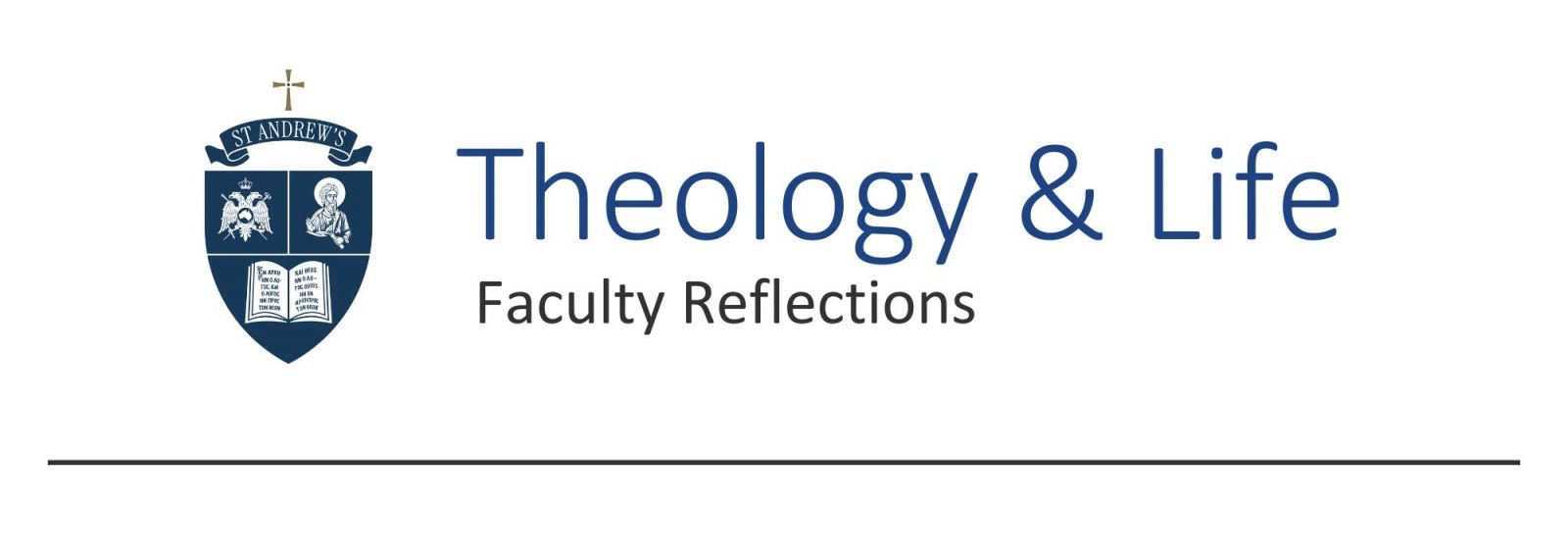- Home
- About us
- Students
- Courses
- Research
- Library
- News & Events
- Gallery
- Contact
- Our Blog
Latest News

The Cross: Our Entry into Life
3rd Sunday of Holy & Great Lent

by Assoc. Professor Philip Kariatlis (Sub-Dean)
At the heart of Holy and Great Lent, the Church offers the faithful an opportunity to venerate the precious and life-giving Cross of Christ—to honour and embrace it wholeheartedly and with fervour in their daily lives. On this, the third Sunday of our Lenten journey, we pause to contemplate the mystery and transformative power of the Cross. We do so not only to find strength and encouragement as we strive to complete the forty-day pilgrimage but also to deepen our appreciation of its centrality—not just for Lent, but for our daily existence. Indeed, as we will come to realise, when even the faintest spark emanating from the Cross is rekindled within us, our entire being is transfigured. Life itself is imbued with meaning, permanence, and the unfading joy of Christ.
The Cross proclaims the joyous message that, through Christ’s death and crucifixion, death itself has been vanquished, rendered powerless, and the gates of eternal life have been flung open for all humanity to enter. In the mystery of the Cross, death paradoxically becomes the fountain of life—bursting forth with inexhaustible vitality and transforming into a sacred bridal chamber, wherein we, the faithful, “buried with [Him], are granted the gift of immortal life [Συνταφέντες σοι… τῆς ἀθανάτου ζωῆς ἠξιώθημεν…].” As the supreme emblem of Christ’s triumph over death and the devil, through His death, the Cross makes us partakers of Christ’s eternal life. For this reason, the Cross stands as the universal symbol of salvation—a beacon of life and joy, an enduring testament to God’s boundless love for the world, the pathway to eternity, our reconciliation with God, and the sign of ultimate victory and glory for all creation.
The victory and joy of life over death, which dawn from the Cross, are not mere abstractions but realities that are both tangible and transformative. As we proclaim on the night of Pascha, the radiant light of the Resurrection, which follows the Cross, permeates all things—"heaven, earth, and the nethermost regions”—granting a profound and joyous fulfillment to the lives of the faithful. Thus, in the words of St. Paul, we are “afflicted in every way, but not crushed; perplexed, but not driven to despair [ἐν παντὶ θλιβόμενοι ἀλλ’ οὐ στενοχωρούμενοι, ἀπορούμενοι ἀλλ’ οὐκ ἐξαπορούμενοι]” (2 Cor. 4:8). Precisely because of the Cross of Christ, when we inevitably encounter trials and tribulations in life, we must not succumb to despondency or hopelessness. Rather, the Cross stands as a powerful reminder that we are called to “rejoice in our sufferings” (Col. 1:24). It is in this spirit that the Church refers to the Lenten season as a time of “joyful sorrow.” And it is in this way that the faithful are strengthened to give thanks and render glory to God not only in moments of joy and celebration, but also amid affliction and adversity.
Upon deeper reflection, the Cross reveals that we, too, are called to become partakers of God’s eternal beatitude and life through Christ’s universal sacrifice. Just as a seed must first be buried in the earth, broken down, and dissolved before it can spring forth into new life, so too, through the Cross and within the fertile soil of the Church, we are mystically buried with Christ, so that we may experience the ineffable joy of being reborn into a reality without end. As the supreme symbol of victory and the divine instrument through which Christ bestowed the gift of eternal life, the Cross proclaims that not even the stark reality of death can impede the triumph of incorruptible life.
Yet, for this mystery to be realised within us, we must entrust ourselves wholly to the power of the life-giving Cross. We must embrace it in our daily lives, cultivating a disposition of readiness to relinquish our own ‘self-seeking’ will—to crucify our self-obsessed desires and all earthly attachments that are destined to perish. For it is only through the Cross that we may enter into the resurrected life of Christ. This is the joyous message of the Church: that all people—especially those whose lives have been marked by suffering and affliction, or those who feel deserted and abandoned—can indeed experience the joy of life through the life-giving power of the Cross. Indeed, regardless of the difficulties we may have faced—and continue to do so—the Cross stands as a compelling reminder that it is not of ultimate consequence whether our afflictions have arisen from our own missteps and wayward paths, or whether they have been inflicted upon us through the injustices of others. Rather, all these are precisely what can help us turn to the Christ and His Cross, help in uttering from the depths of our soul, like the Psalmist: “I am poor and needy; hasten to me, O God! You are my help and my deliverer; O Lord, do not delay! (Ps 70:5)
The Church places the Cross before us, inviting us to entrust ourselves to Christ, to commend ourselves to the Cross which is a most striking and overwhelming reminder that, through death, we too can pass into life eternal. The Cross of Christ is a ladder stretching towards eternity; towards God’s kingdom, towards the fullness of life. And so, entrusting ourselves and indeed our whole life to the Cross of Christ may we also be able to chant together with the Church: “We venerate your Cross, O Master, and we glorify your Resurrection”!



.png)